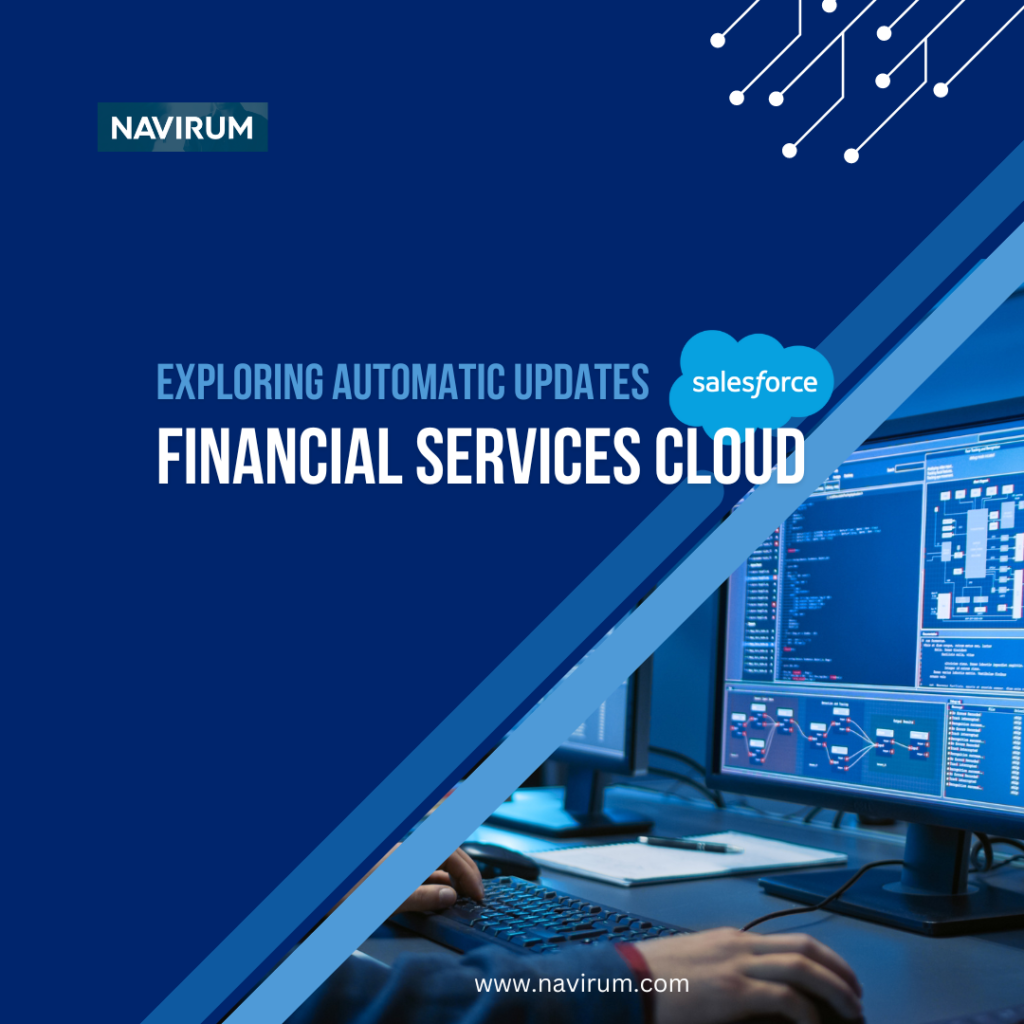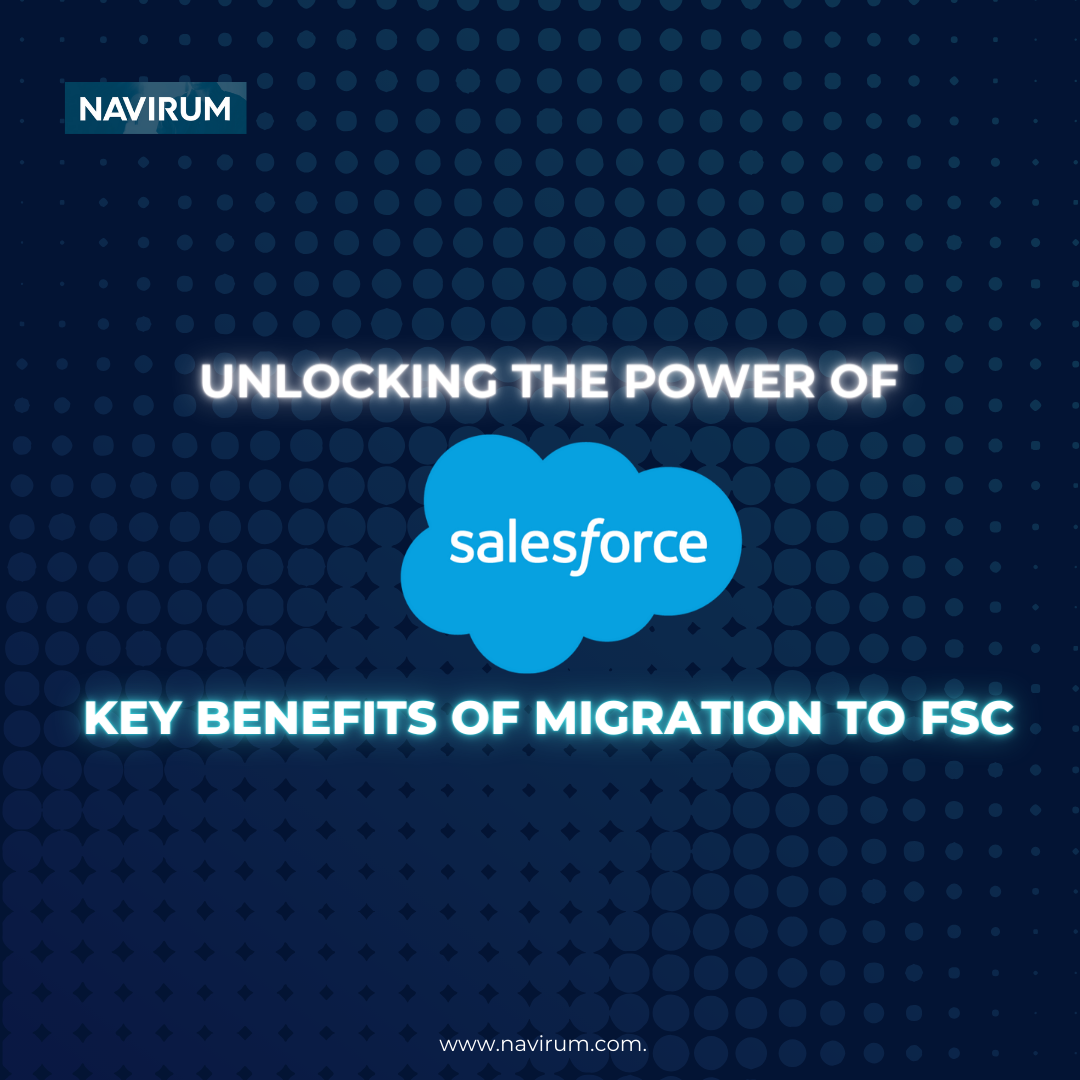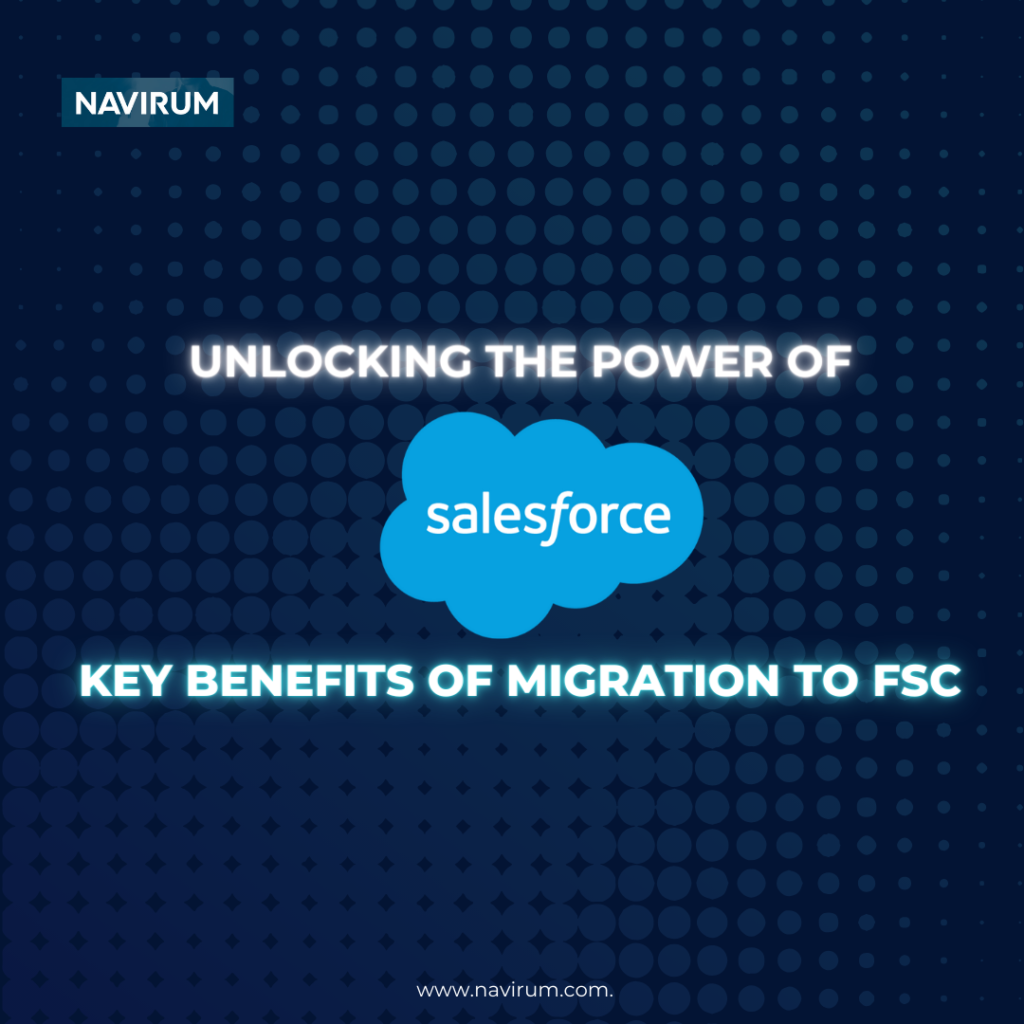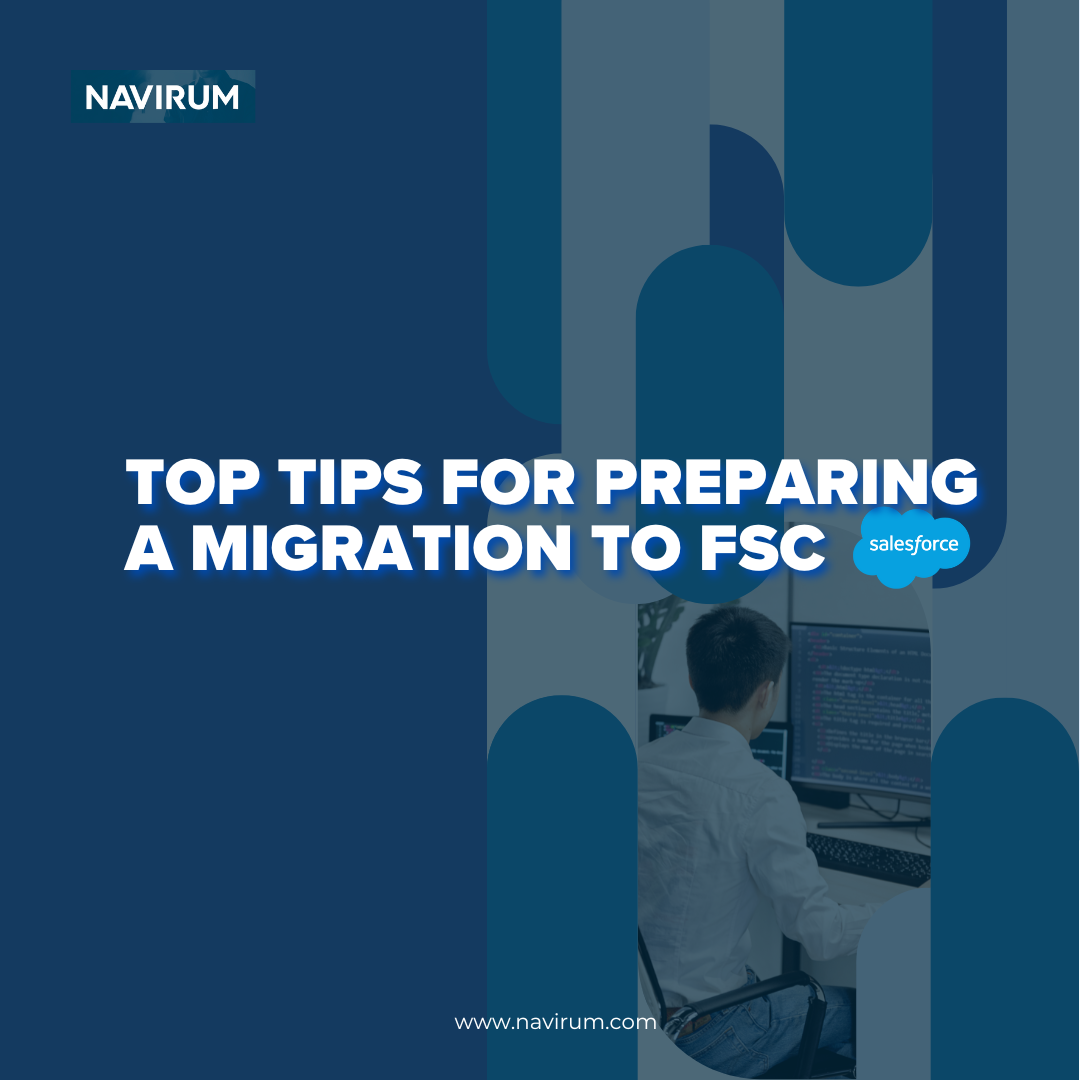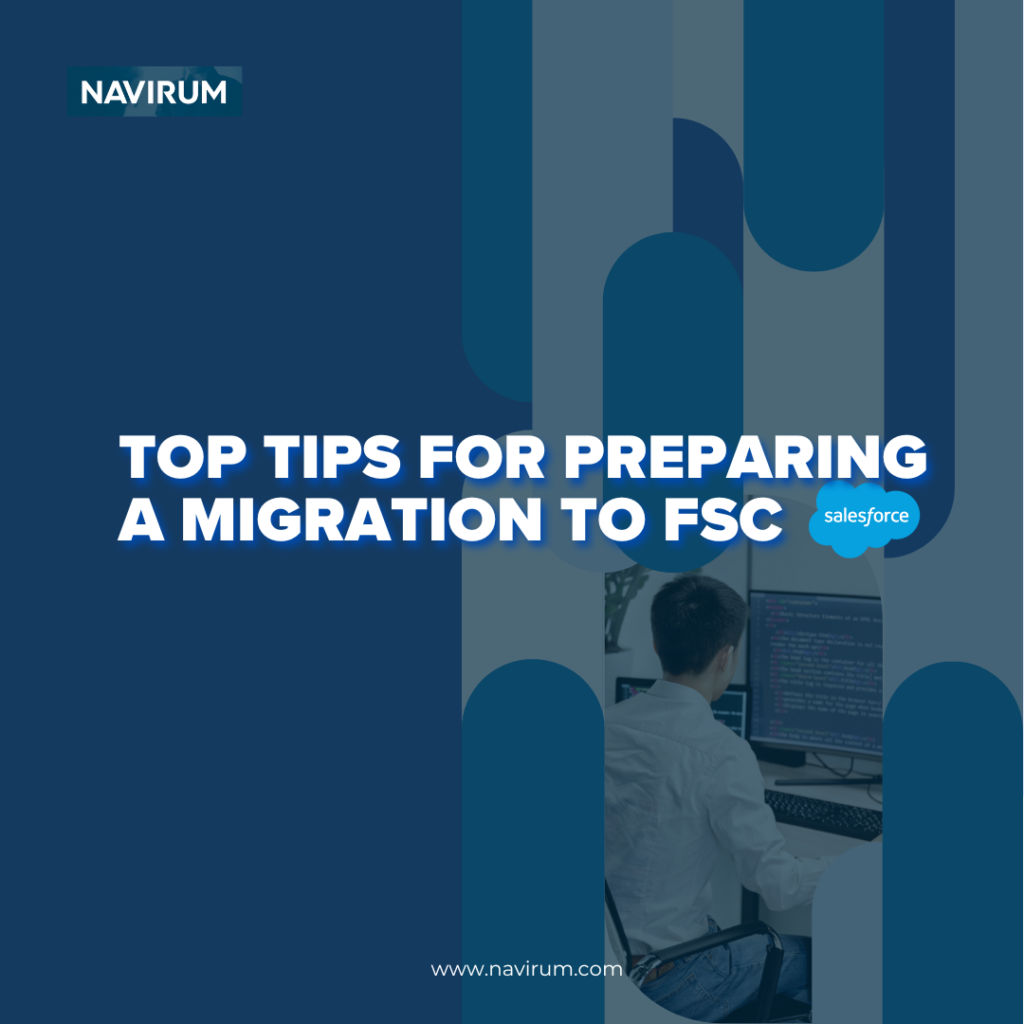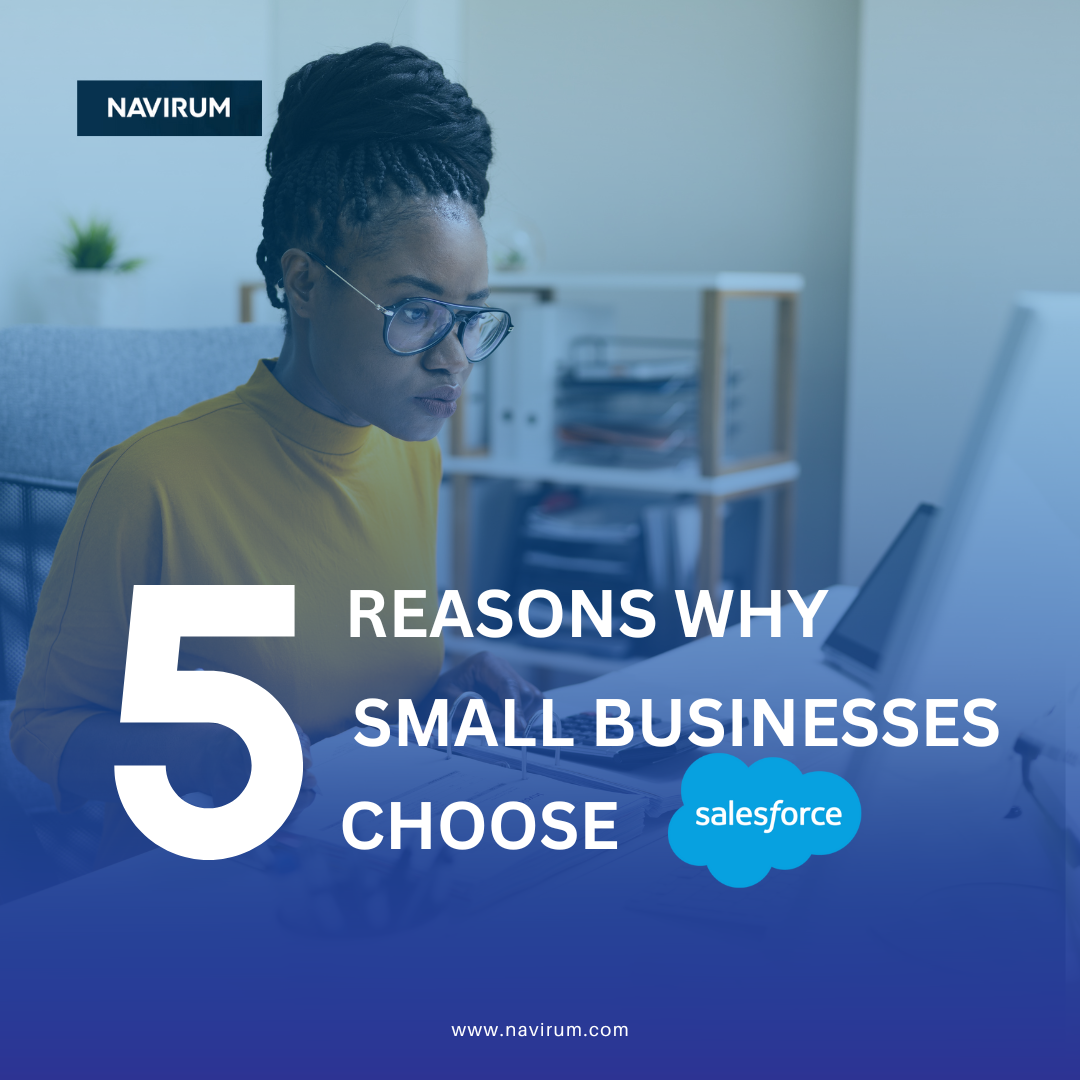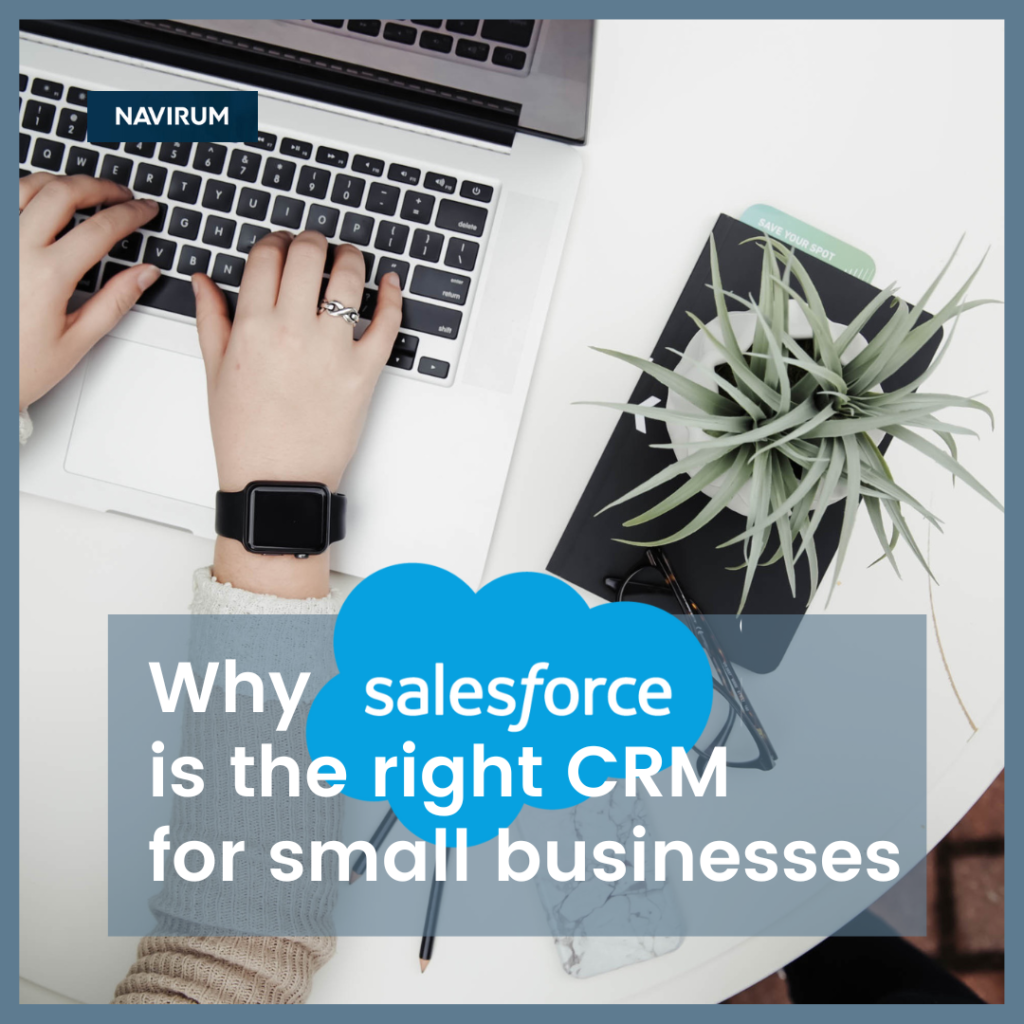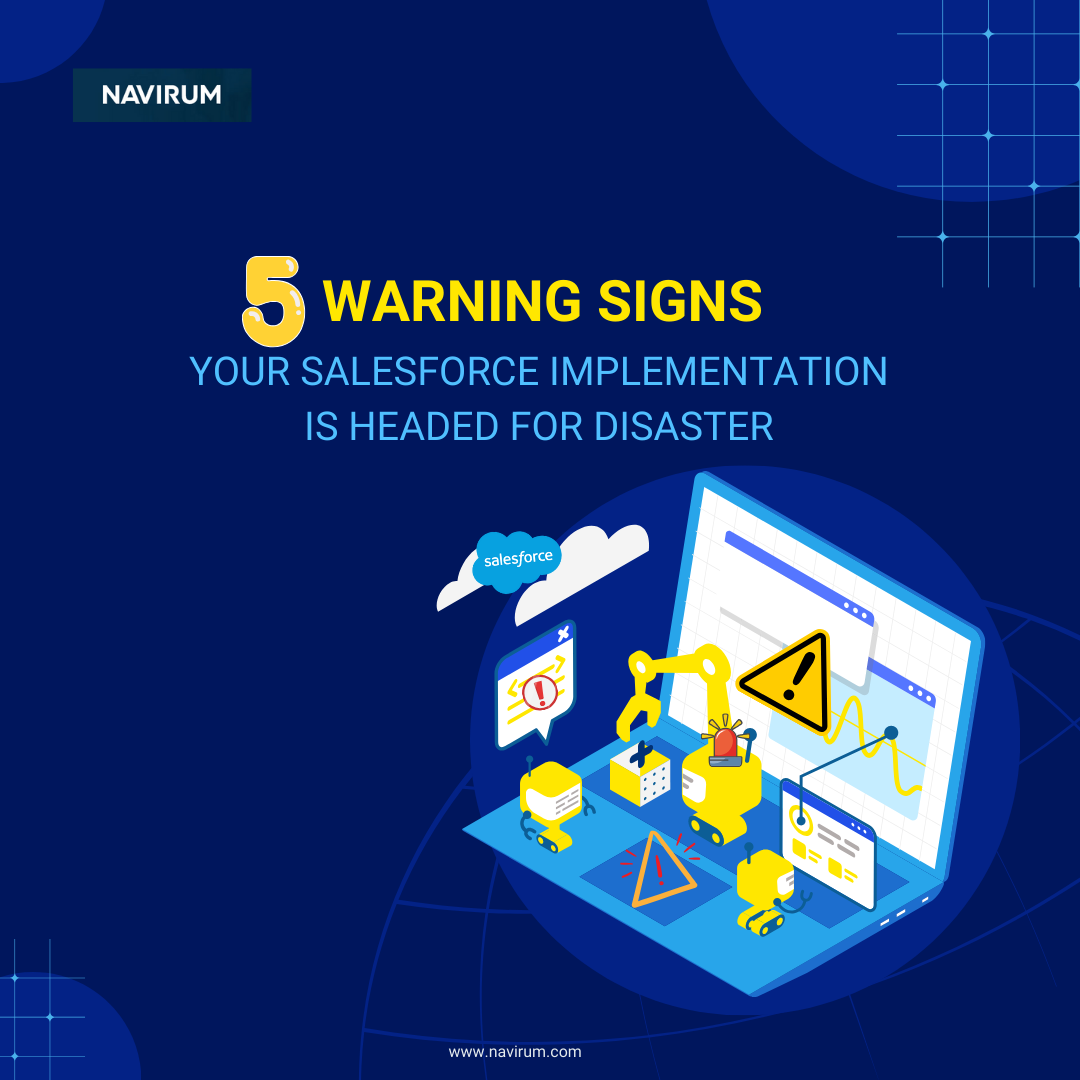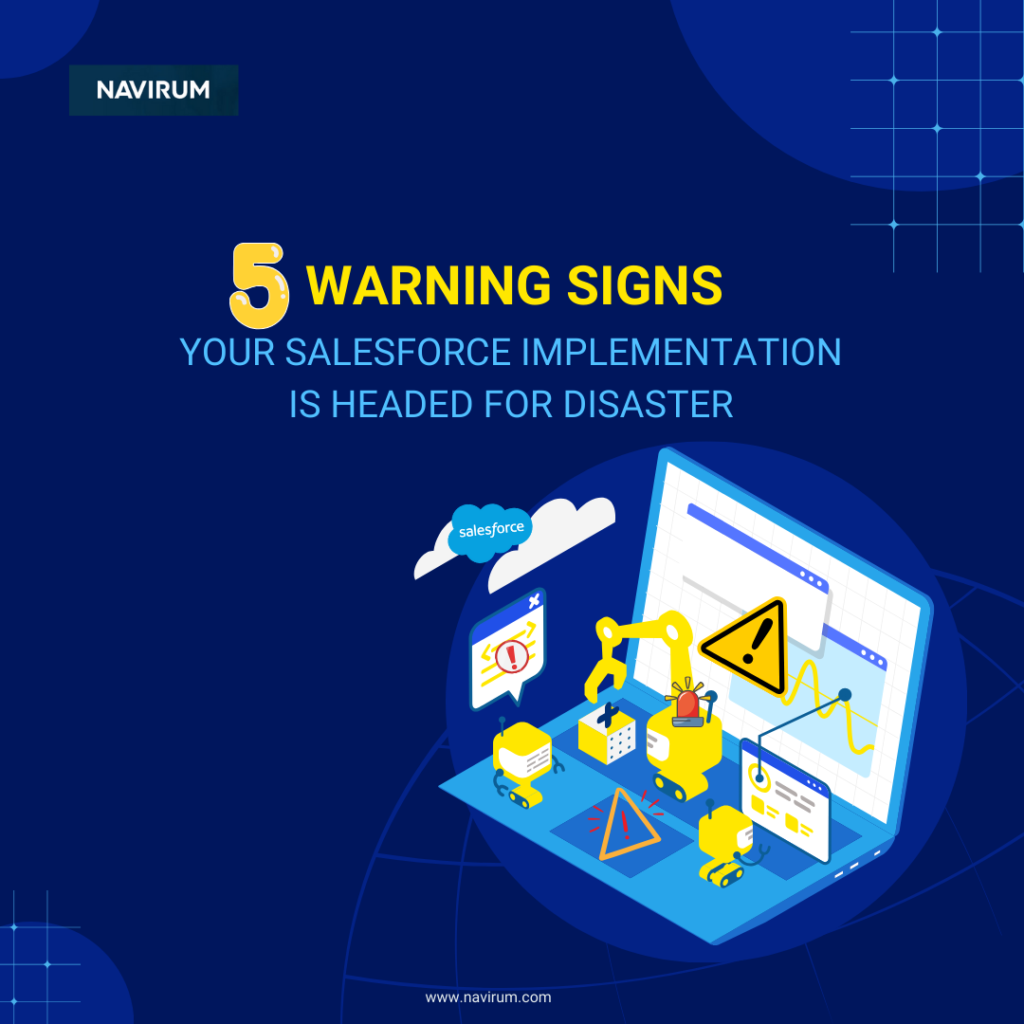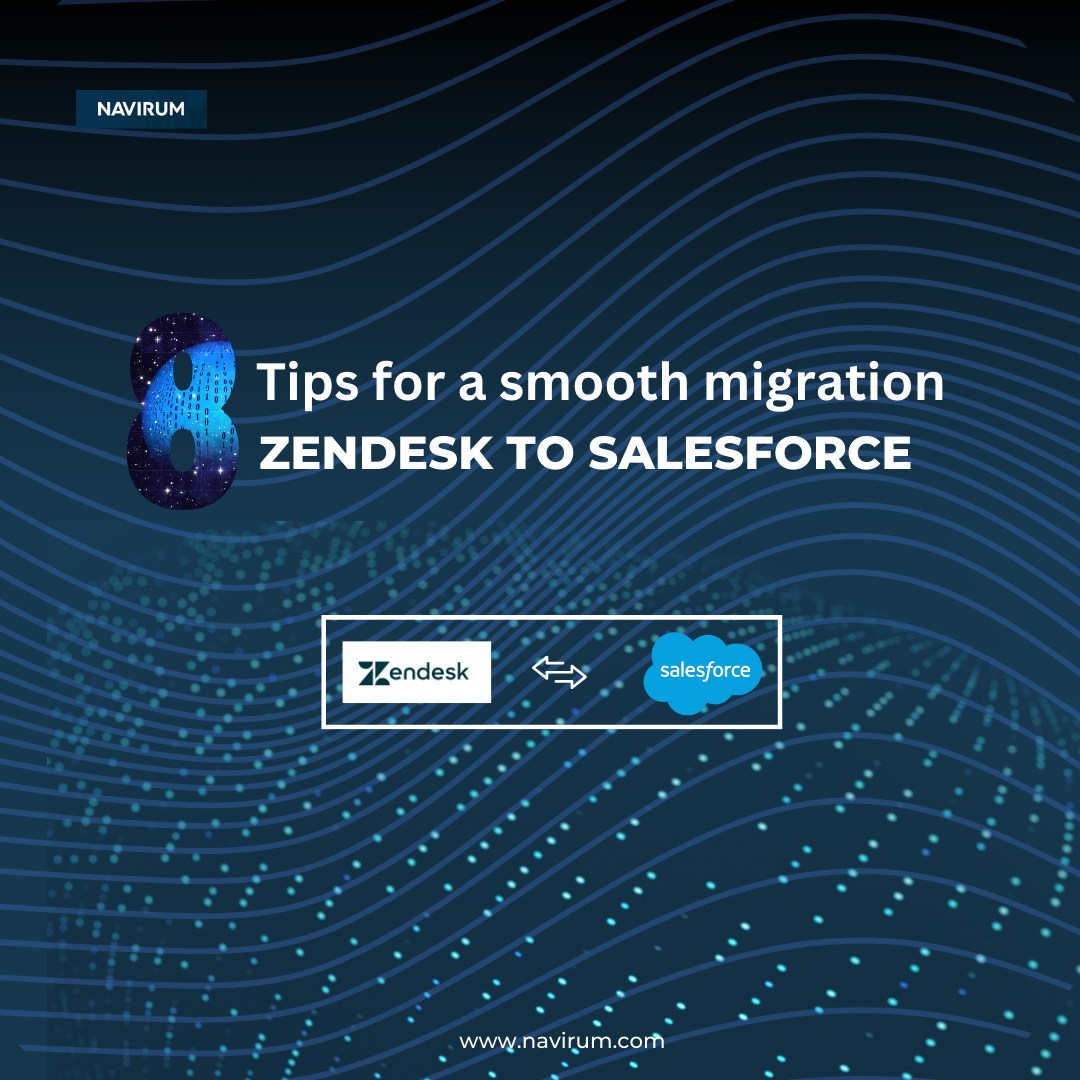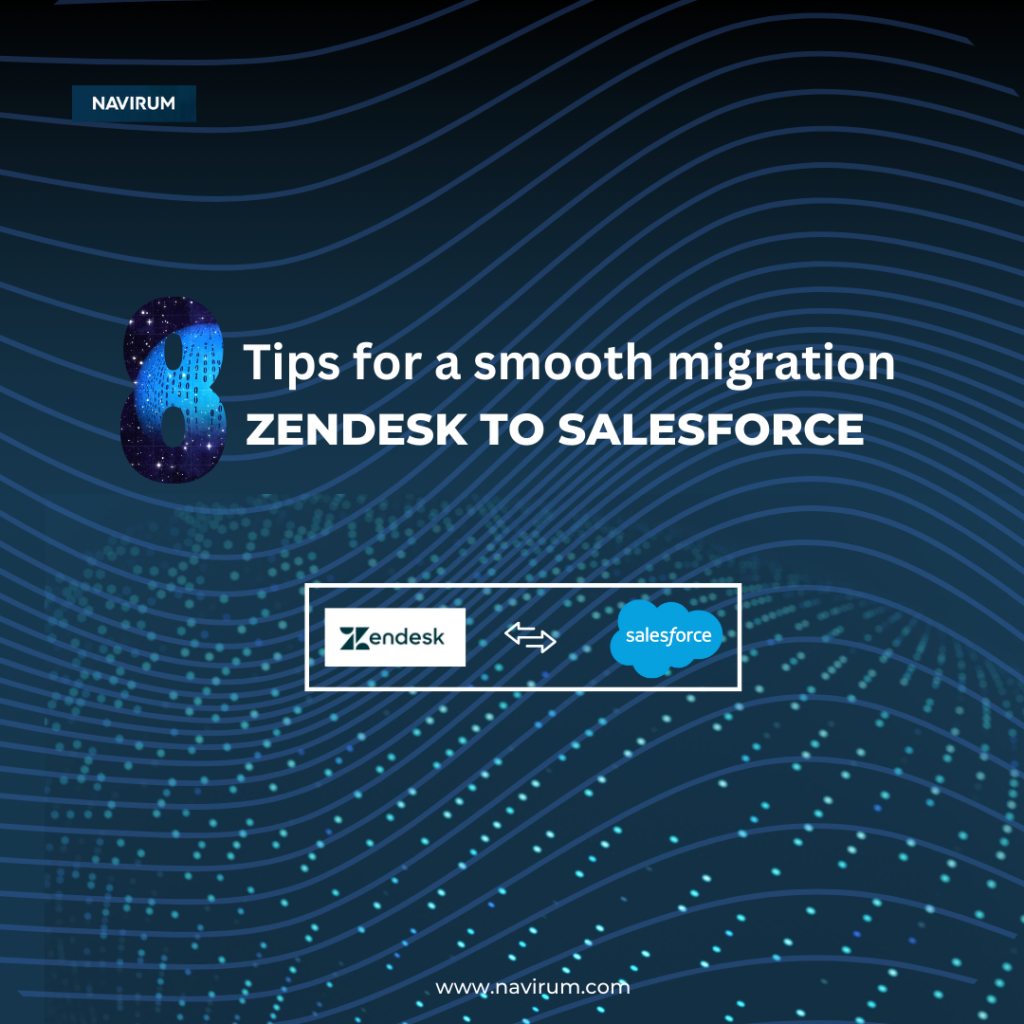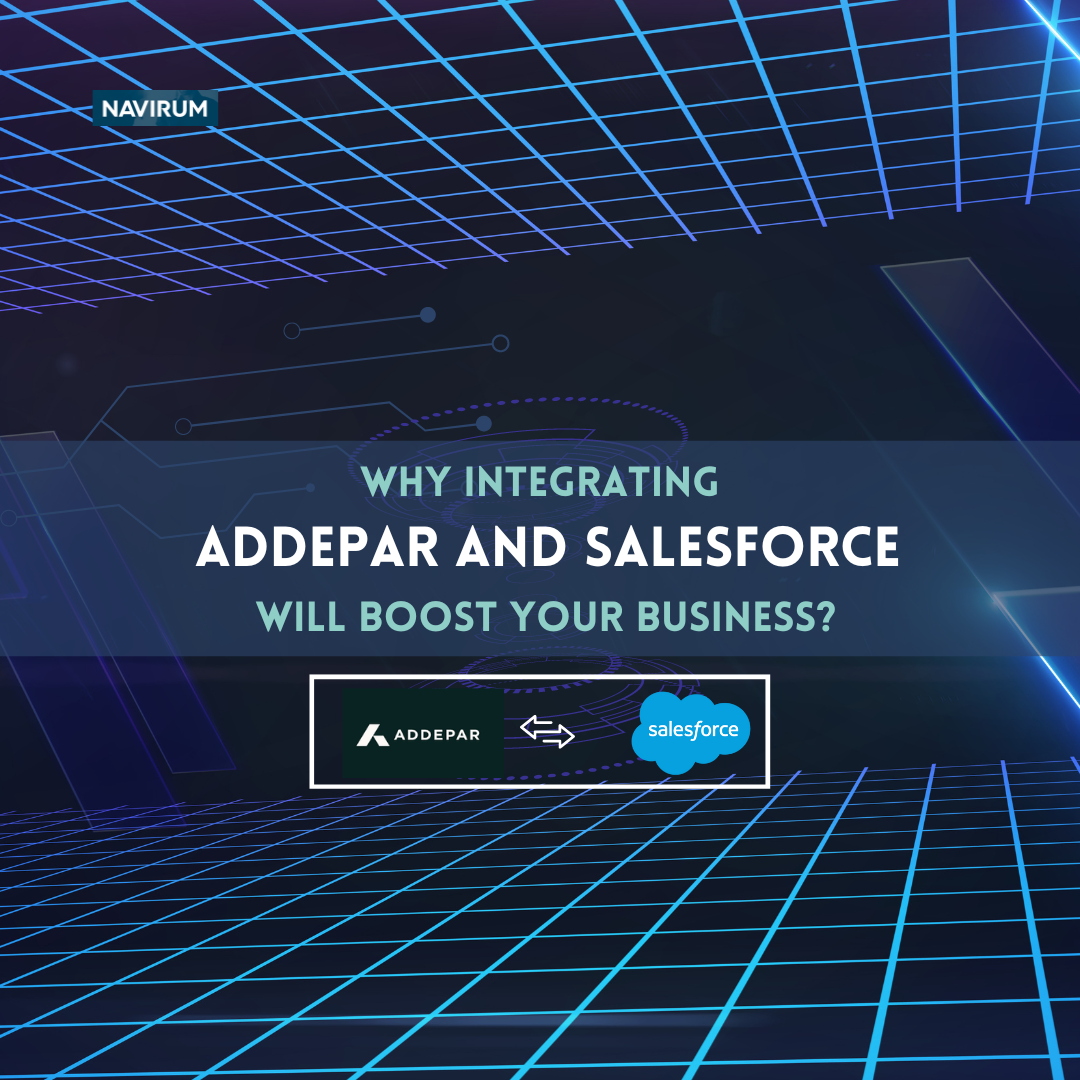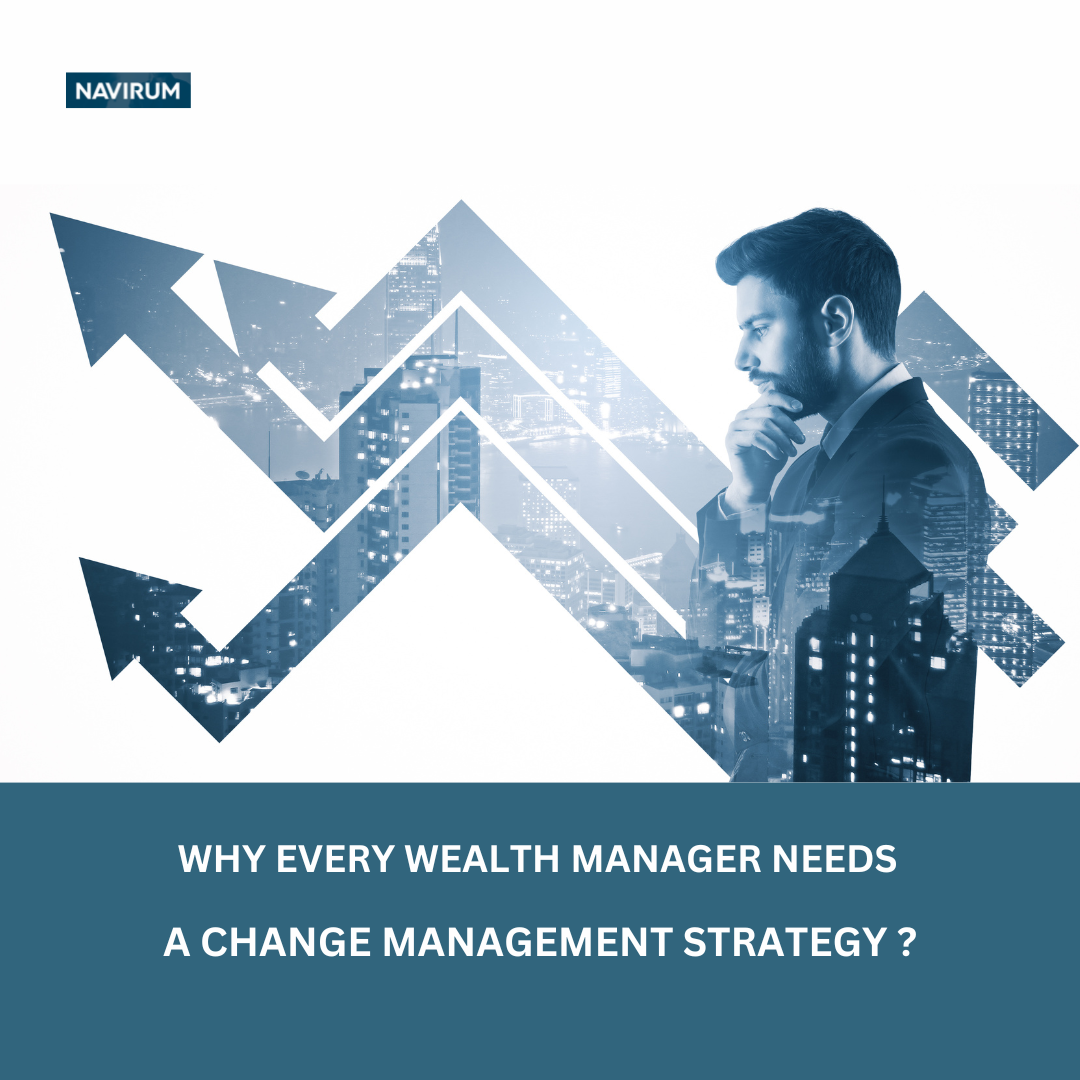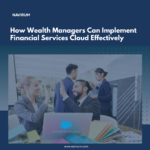Revolutionize Your Financial Services: Learn how to Unlock Seamless Integration with Salesforce & Addepar
In today’s fast-paced financial services landscape, where clients demand exceptional service and advisors are tasked with navigating complex portfolios and ever-evolving regulatory environments, efficiency and insight are paramount. To meet these demands, wealth managers, family offices, and asset managers must leverage technology to streamline operations, enhance client relationships, and drive growth. One of the most effective ways to achieve these goals is by integrating Addepar, a leading wealth management platform, with Salesforce, the world’s #1 customer relationship management (CRM) tool.
Integrating Salesforce with Addepar is more than just a technological upgrade; it’s a strategic game-changer for financial services professionals. This seamless integration enables financial institutions to access comprehensive client insights, automate key workflows, and scale operations to support sustainable business growth. But what does this integration really mean for your organization? Let’s explore the powerful benefits and how it can transform your financial services practice.
Comprehensive Client Insights: A Complete View of Client Portfolios
The foundation of effective wealth management lies in the ability to truly understand your clients. With the integration of Addepar and Salesforce, financial services professionals can consolidate their wealth management data into one unified system. This comprehensive view of client portfolios provides a deeper, more nuanced understanding of their financial situation, goals, and preferences. By connecting client data in Salesforce with Addepar’s advanced reporting and analytics capabilities, wealth managers can track performance across multiple asset classes, custodians, and tax considerations—all in one place.
This single, integrated view of client portfolios enables financial advisors to offer more personalized guidance. With accurate, real-time data, advisors can anticipate client needs, recommend tailored investment strategies, and adjust plans as circumstances change. Whether you are managing multi-custodial accounts or navigating complex tax strategies, this integration helps streamline and simplify these processes, allowing you to spend more time building meaningful relationships with clients.
How this benefits your firm:
- Improved Client Retention: By offering tailored advice based on a complete, up-to-date view of client holdings, you can better meet their financial goals and increase client satisfaction. The ability to respond to client queries quickly and accurately also fosters trust and loyalty.
- Data-Driven Decision Making: With robust analytics at your fingertips, you can make more informed decisions about portfolio allocations, risk management, and tax planning, improving overall investment performance.
Enhanced Operational Efficiency: Automate & Streamline Workflows
Operational efficiency is a key concern for any financial services firm, especially as businesses grow and client demands increase. One of the primary advantages of integrating Addepar with Salesforce is the ability to automate manual tasks and streamline workflows. Many firms still rely on cumbersome manual processes to manage client data, track performance, and handle account updates. These inefficiencies are time-consuming and prone to human error, ultimately hindering productivity and service quality.
The Salesforce-Addepar integration simplifies data synchronization across multiple systems, reducing the need for manual data entry. With automated workflows, key information—such as portfolio updates, performance reports, and transaction histories—are automatically updated in both Addepar and Salesforce in real time. This not only saves time but also ensures that all team members have access to the most up-to-date information, improving collaboration and reducing the risk of errors.
How this benefits your firm:
- Increased Productivity: By automating routine tasks like data entry, portfolio tracking, and reporting, your team can focus on more strategic activities, such as client outreach and portfolio optimization.
- Improved Data Accuracy: Automated data synchronization ensures that both Addepar and Salesforce are always in sync, reducing the risk of errors and discrepancies that can arise from manual data entry.
- Enhanced Client Experience: With streamlined workflows, your firm can provide faster, more accurate responses to client inquiries and requests, improving the overall client experience.
Ready to harness the transformative potential of this integration? Contact us today to schedule a consultation and unlock new opportunities for success in the digital age.
Scalable Business Growth & Customization: Build a Foundation for the Future
As financial services firms grow and evolve, their technology needs become more complex. The Salesforce-Addepar integration is designed to scale with your business, offering flexibility and customization options that can evolve as your firm’s needs change. Whether you’re expanding into new markets, launching new products, or adopting new regulatory standards, this integration provides a solid foundation for sustainable growth.
Salesforce’s flexible ecosystem allows financial services firms to customize their CRM tools to suit their specific requirements. This can include creating tailored dashboards, automating client communications, and integrating third-party solutions that further enhance the advisor experience. Furthermore, Addepar’s robust data management capabilities allow you to track performance across a variety of asset classes and custodians, making it easier to manage complex portfolios as your client base grows.
How this benefits your firm:
- Scalable Solutions: As your firm grows, the Salesforce-Addepar integration can easily scale to meet the increased demands of a larger client base, helping you maintain high levels of service without sacrificing efficiency.
- Customization Options: Whether you need basic reporting or advanced analytics, Salesforce’s flexible platform and Addepar’s rich data model allow you to tailor your tools and workflows to meet the unique needs of your business.
- Support for Innovation: As you expand into new markets or launch new services, the integration allows you to quickly adapt, ensuring your firm remains agile and competitive in the ever-changing financial services landscape.
Expert Support Every Step of the Way: Smooth Implementation & Ongoing Optimization
Implementing a new technology solution can be a daunting task, especially in the highly regulated and client-sensitive world of financial services. However, when you integrate Addepar with Salesforce, you gain access to a team of experts who can guide you through the entire process—from initial setup to ongoing optimization.
Navirum, a trusted partner in financial services technology solutions, provides comprehensive support throughout the integration process. We work with you to design your data model, streamline your workflows, and enhance the advisor experience. Our team of experts ensures that your integration is completed on time, on budget, and with minimal disruption to your daily operations.
Moreover, as your firm continues to grow and evolve, Navirum’s ongoing support ensures that your integration remains aligned with your business objectives. We monitor performance, optimize processes, and provide insights to help you get the most out of your Salesforce-Addepar integration.
How this benefits your firm:
- Seamless Implementation: With expert support from Navirum, you can rest assured that your integration will be executed smoothly and efficiently, with minimal disruption to your business.
- Ongoing Optimization: As your business evolves, our team continues to provide guidance and optimization services to ensure that your integration evolves with your needs.
- Confidence in Compliance: With financial services firms facing a complex regulatory environment, our team helps ensure that your integration meets all relevant compliance standards, protecting your firm from potential risks.
Why You Should Choose Salesforce & Addepar Integration
The integration of Salesforce and Addepar represents a unique opportunity for financial services professionals to take their business to the next level. By combining Addepar’s powerful wealth management tools with Salesforce’s industry-leading CRM capabilities, you gain a solution that enhances client relationships, streamlines operations, and drives growth.
Whether you’re managing a small boutique firm or a large financial institution, the Salesforce-Addepar integration can transform the way you do business. It allows you to focus on what really matters—delivering personalized service to your clients while improving the efficiency and scalability of your operations.
If you’re ready to harness the transformative potential of this integration, Navirum is here to help. Our team works closely with you to design a solution that fits your unique needs, streamlines processes, and maximizes the value of your Salesforce and Addepar investment.
Unlock New Opportunities for Success in the Digital Age
In an increasingly digital world, the ability to integrate your financial services technology stack is crucial to staying competitive. The Salesforce-Addepar integration offers a strategic advantage that enables wealth managers, family offices, and asset managers to deliver unparalleled service, optimize operations, and scale for future growth.
Ready to explore how this integration can help your firm succeed in the digital age? Contact us today to schedule a consultation and learn how you can unlock new opportunities for success in the fast-evolving financial services landscape.
By leveraging the power of Salesforce and Addepar together, you can transform your business into a more agile, efficient, and client-focused organization, positioning yourself for long-term success.
Learn more about us:
Navirum on LinkedIn | Navirum on AppExchange
